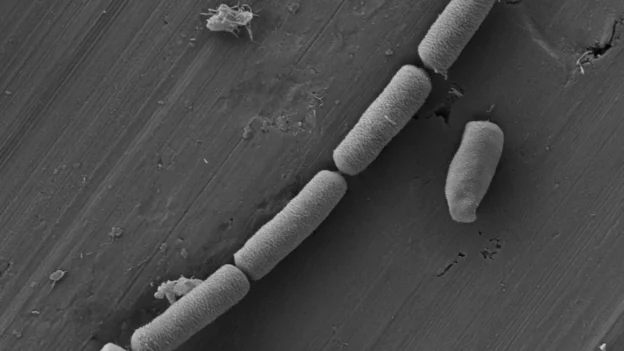Researchers at Aarhus University have succeeded in transforming cement into more than just a building material. By integrating electricity-generating bacteria, the team developed a biohybrid cement capable of storing energy and recovering its capacity with the help of nutrients.
This breakthrough represents a radical shift in the conception of structural structural materials. The key lies in Shewanella oneidensis, a bacterium that transfers electrons to external surfaces by a mechanism called extracellular electron transfer. When embedded in the cement matrix, it creates a functional network that acts as a supercapacitor.
Nutrient-recharging cement
One of the most striking features of this material is its ability to continue functioning even when the microbes have died. The researchers incorporated a microfluidic network that allows the system to be reactivated by means of a nutrient solution. With this method, up to 80% of the original energy capacity can be recovered.
In addition, the material was tested under extreme conditions, from sub-zero temperatures to high heat. In all cases, the cement retained its functionality. By connecting six blocks in series, enough energy was generated to power an LED light, demonstrating its real-world applicability.
Towards energy autonomous buildings
Traditional supercapacitors rely on scarce materials such as lithium. Biohybrid cement, on the other hand, is made from common components and natural bacteria. natural bacteria. This opens the door to affordable mass production.
The long-term vision includes walls, foundations, and bridges that store energy and collaborate with renewable sources such as solar panels. A concrete block with a modest energy density of 5 Wh/kg could store about 10 kWh in an average room, enough to run an enterprise server for a full day.
Infrastructure that generates and conserves energy
This development represents a key step towards an infrastructure capable of actively participating in energy management. The possibility of building with materials that not only support weight but also store and release energy could redefine the rules of architecture and civil engineering.
Still in the experimental phase, biohybrid biohybrid concrete marks the beginning of a new era: that of buildings that live and feed energetically the environment around them.
Source and photo: University of Aarhus

